Study the diagram given below and answer the questions that follow :
What is emulsification?
Step-by-Step Solution:
1. Understanding Emulsification: Emulsification is a process that involves the formation of an emulsion, which is a mixture of two immiscible liquids (liquids that do not mix, such as oil and water).
2. Role of Bile Juice: In the context of digestion, emulsification is crucial for the breakdown of fats. The liver produces bile juice, which is stored in the gallbladder and released into the small intestine.
3. Digestion of Fats: When fats enter the small intestine, bile juice helps to break down these fats into smaller fat globules. This increases the surface area of the fats, making them more accessible for digestive enzymes to act upon.
4. Formation of Fat Globules: The bile salts present in bile juice play a significant role in emulsifying fats. They surround the fat globules, preventing them from coalescing (coming together) and allowing for better digestion.
5. Conclusion: Therefore, emulsification is essential for the efficient digestion of fats, as it transforms large fat droplets into smaller ones, facilitating their breakdown by enzymes.
Final Answer: Emulsification is the process of breaking down fats into smaller globules with the help of bile juice, which is produced by the liver, allowing for better digestion.
---
Topper's Solved these Questions
- DIGESTIVE SYSTEM Book:ICSEChapter:DIGESTIVE SYSTEM Exercise:REVIEW QUESTIONS (MULTIPLE CHOICE TYPE)
Explore 4 Videos
- DIGESTIVE SYSTEM Book:ICSEChapter:DIGESTIVE SYSTEM Exercise:REVIEW QUESTIONS (VERY SHORT ANSWER TYPE)
Explore 3 Videos
- DIGESTIVE SYSTEM Book:ICSEChapter:DIGESTIVE SYSTEM Exercise:TOPIC 2 (3 Marks Questions )
Explore 12 Videos
- CELL:THE UNIT OF LIFE Book:ICSEChapter:CELL:THE UNIT OF LIFE Exercise:TOPIC 3(5 Mark Questions )
Explore 14 Videos
- DISEASES : CAUSE AND CONTROL Book:ICSEChapter:DISEASES : CAUSE AND CONTROL Exercise:Review Questions (D. LONG ANSWER TYPE)
Explore 5 Videos
Similar Questions
Study the diagram given below and answer the questions that follows :
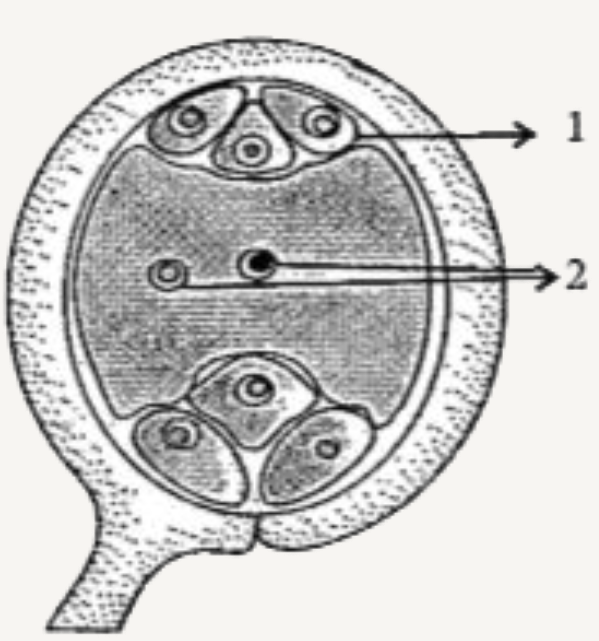
What is the fate of the calyx and corolla after fertilizations?
View SolutionStudy the diagram given below and answer the questions that follow :
Write the basic function of this structure.
View SolutionStudy the diagram given below and then answer the questions that follow :
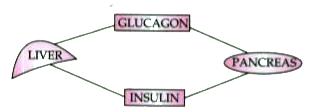
What is the technical term for the cells of the pancreas that produce endocrine hormones ?
View SolutionStudy the diagram given below and then answer the questions that follow :
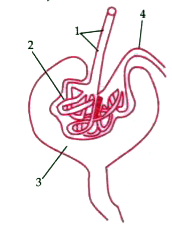
What is the technical term given to the process occurring in 2 and 3 ? Briefly describe the process.
View SolutionStudy the diagram given below and answer the questions that follow:

Write the basic function of this structure.
View SolutionStudy the diagram given below and answer the questions that follow:
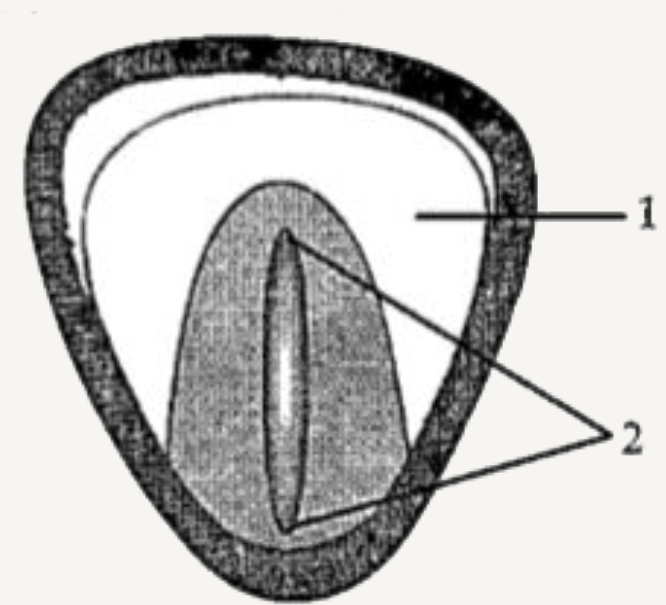
Write the basic function of this structure.
View SolutionStudy the diagram given below and then answer the questions that follow:
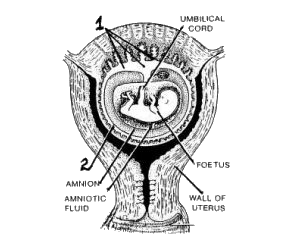
What is the role of the umbilical cord in the development of the foetus?
View SolutionStudy the diagram given below and then answer the questions that follow :

Why is insulin not given orally but is injected into the body ?
View SolutionStudy the diagram given below and answer the questions that follow :
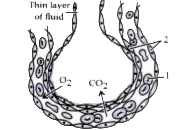
Name the structure given in the diagram. State in which part of the body it is present.
View SolutionStudy the diagram given below and answer the questions that follow :
Name the digestive juice secreted by the liver. What are the two pigments present in it?
View Solution
